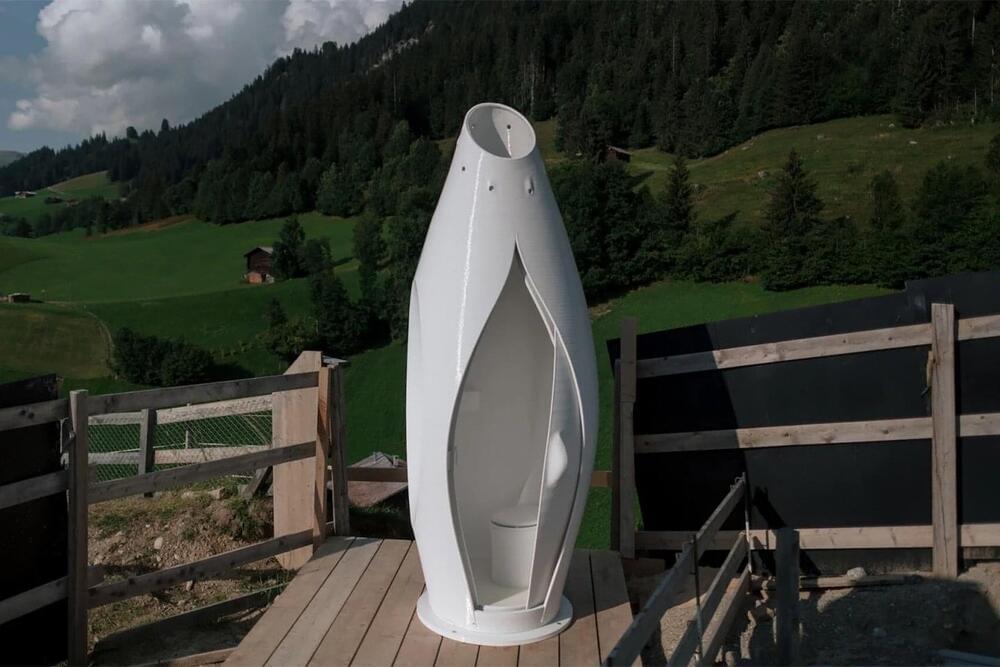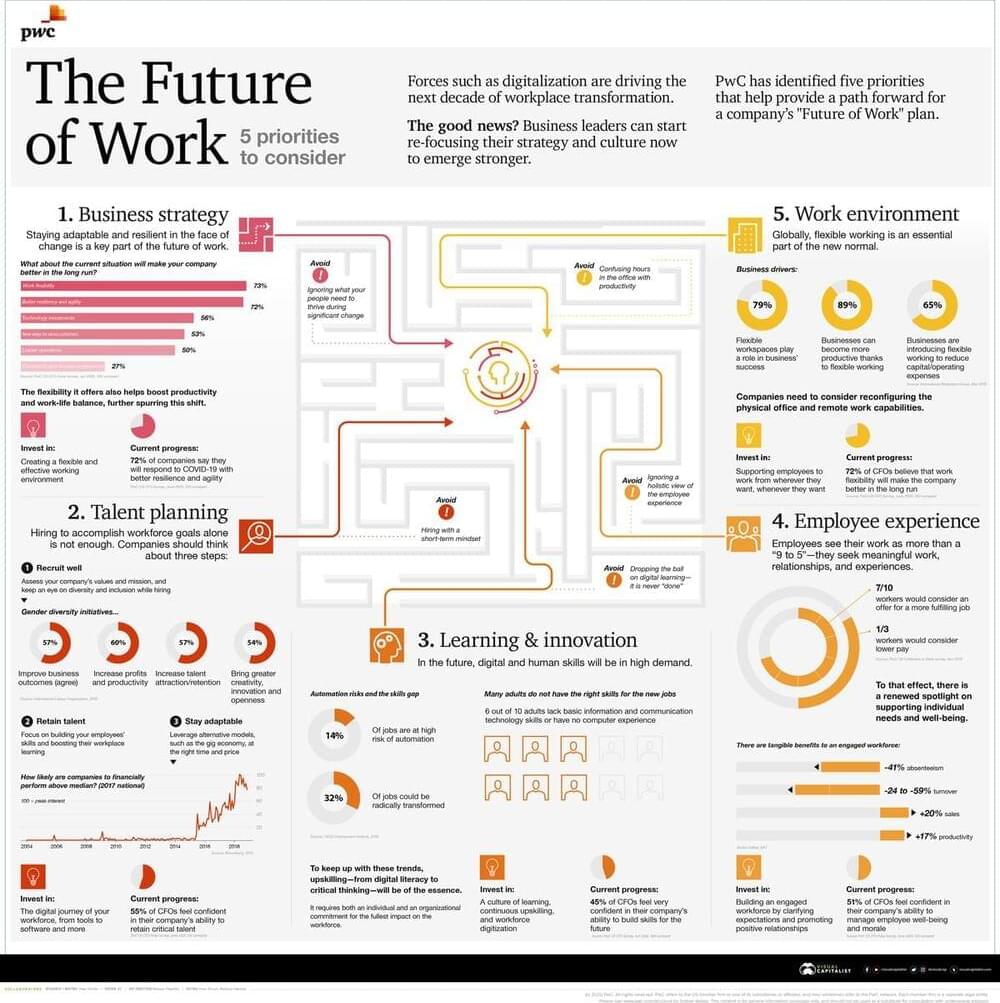Hoffmann La Roche.
Ms. Fanny Sie is the One Roche Head of Artificial Intelligence and Digital Health, at F. Hoffmann-La Roche Ltd. (https://www.roche.com/), a multinational healthcare company that operates in both the Pharmaceuticals and Diagnostics segments, and in 2021 was the world’s largest pharma company by revenue.
With her BS and MS from the University of Toronto, Ms. Sie is very focused on applications of Digital Health, and innovative techniques such as Artificial Intelligence, to generate actionable insights that may breed exponential improvements in both patient outcomes and economic development (https://www.roche.com/strongertogether/data-science-coalition.htm).
Ms. Sie has over 15 years of experience bringing new products and services to the healthcare market, including extensive experience as a clinician, researcher and business development professional in the area of medical devices, AI and analytics, and digital health assets.
Ms. Sie specializes in building meaningful and impactful health system transformations that leverage innovation and achieve fast and sustained growth for entrepreneurs and multinationals in the public and private sector.






